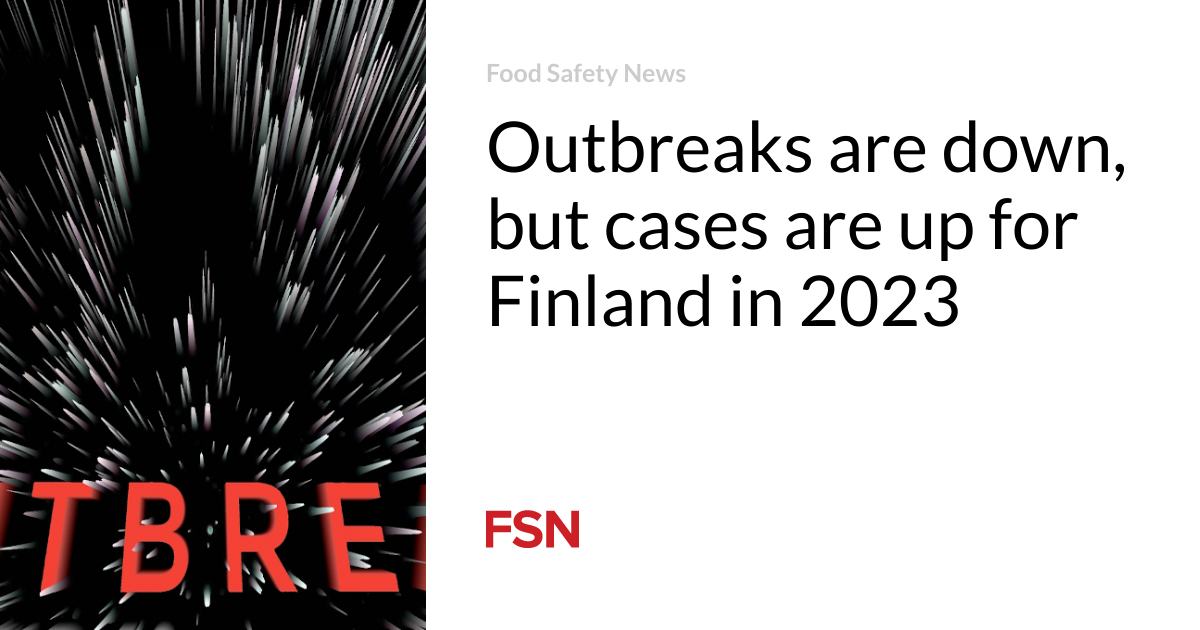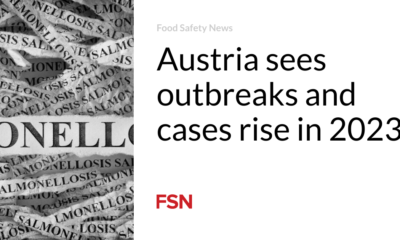Food
The number of outbreaks has decreased, but in 2023 the number of cases in Finland will increase

The number of outbreaks in Finland decreased in 2023 compared to the previous year, but the number of sick people increased.
In 2023, 45 foodborne epidemics were reported, sickening 1,671 people. This is down from the 55 outbreaks the previous year, but the number of cases is up from 622 in 2022.
Data released by the Finnish Food Authority (Ruokavirasto) shows two major incidents with more than 100 patients, 25 medium epidemics with 11 to 100 cases, and 21 small outbreaks with 2 to 10 infections.
In August, Mikkeli had the largest food poisoning event of the year, with 812 people sickened.
High levels of the additive calcium propionate in tortillas were identified as the likely cause of illness. Calcium propionate is a preservative used in bakery products.
Students at several schools vomited after eating. The most common symptoms were nausea, stomach pain and headache. They started quickly and were short-lived.
Some tortillas collected as samples had a concentration of calcium propionate ten times higher than the maximum allowable amount. The findings involved tortillas produced in a specific time frame, which officials said meant an error was likely made during production. They were made in a factory in another EU country and the affected batch was no longer allowed to be sold.
Information about outbreaks
In the second major food poisoning epidemic, 150 people became ill after eating oysters. There were cases in several restaurants and research confirmed that norovirus was the cause.
An outbreak of Salmonella Enteritidis sickened 75 people in different parts of the country and was linked to sprouts.
As in previous years, norovirus was the most common pathogen. It caused 18 epidemics, in which 559 people became ill. Of these, 16 came from food. An infected food worker was the main factor, contributing to nine outbreaks. Three of these were traced to oysters and one to frozen raspberries.
In 17 outbreaks the pathogen remained unknown. Chemicals were responsible for three outbreaks, and Clostridium perfringens caused two. Bacillus cereus, Salmonella, sapovirus, Staphylococcus aureus and enteropathogenic E. coli caused one outbreak.
No specific food vehicle could be identified in most outbreaks, but four were linked to plant products and three to fishery products.
As in previous years, the main place where epidemics occurred was a restaurant, cafe, bar or hotel with 30 outbreaks.
The most common causes of outbreaks were an infected food worker nine times and contaminated raw materials six times.
(To sign up for a free subscription to Food Safety News, click here.)













